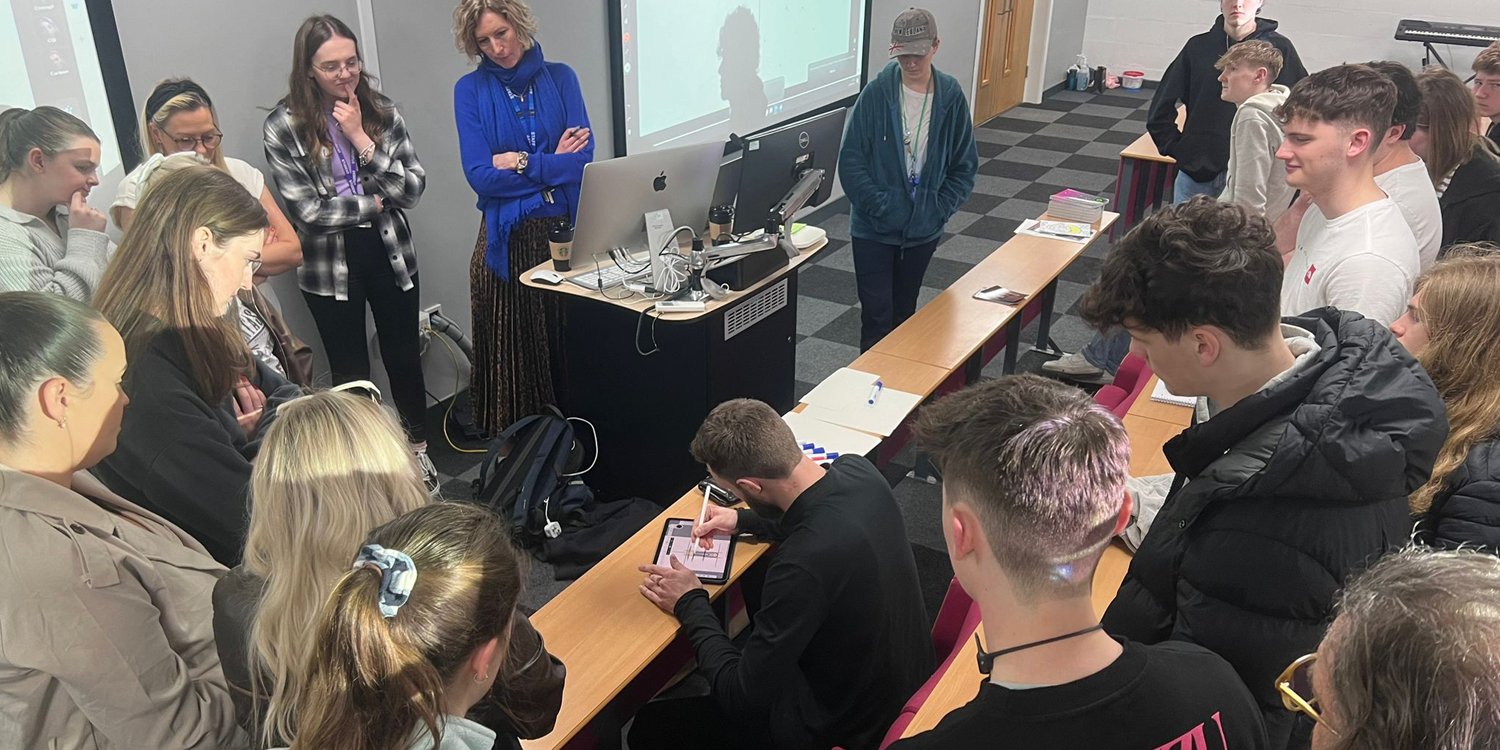Visiting Lectures 2024
Earlier this year, I had the privilege of visiting Chester and Manchester Metropolitan University to deliver talks, presentations, and live demonstrations.
Although I’ve delivered design presentations and small design talks in the past, this experience felt a little different.
In addition to sharing some of my recent experiences with various AI tools, I was also given the opportunity to discuss and share my journey toward becoming a full-time freelance Industrial Designer.
It was an opportunity to reflect on my career to date, the steps I've taken, and some of the lessons learned along the way.
Both days were structured into two sessions:
Session 1:
Sharing my journey into industrial design so far, along with some of my previous work experiences and key learnings.
A valuable opportunity to discuss some of the strategies and steps that have worked well for me, which have positively influenced my design career to date. I also highlighted some mistakes and things I would do differently if I were a student again.
Key Takeaways:
Structure your time – Build a plan
Figure out where you aspire to be or identify an area of the industry that interests you, then plan progressive steps to help you get there.Your portfolio is your best form of advertisement
This is normally the first thing prospective employers will see and it’s important to strike a good first impression. Understand areas of your process you’re strong at or lean towards and play to these. Competition is high, focus on demonstrating and communicating your skill areas in the clearest way possible. Use the task in building a portfolio to identify some of the areas you aren’t so strong at and build on these in the background.
Stop thinking and start doing
It’s easy to overthink and procrastinate. This can become a vicious cycle, offering very little benefit. If something is new or unfamiliar, chances are you won’t get it right the first time. The quicker you start, the closer you’ll be to taking the next step.Be resilient
Understand and accept that you will get setbacks. Try not to let negative outcomes affect your progress moving forwards.
Session 2:
A presentation and live demonstration sharing best practices on integrating AI into a traditional Industrial Design workflow.
This presentation aligned with my AI integration blog post from earlier this year - Integrating AI into my industrial design workflow… — Ross Whillis Design
In addition to showcasing some of the benefits of these new tools, I also discussed their drawbacks and outlined various use cases where AI might not be effective, explaining the reasons why.
Key Takeaways:
Understanding good use cases vs. poor use cases:
Encouraging students to consider the tools’ impact on their process, whether positive or negative, was essential.Knowing when to use AI and when not to:
The idea that "just because you can doesn’t mean you should" comes to mind, AI can waste time as well as save it.Using AI as a design assistant:
Leveraging the tools to handle some of the heavy lifting in the design process.Managing unpredictable results:
Finding the sweet spot for AI influence, as results can sometimes be unpredictable
Lastly, I would like to say a big thank you to both Chester and Manchester Metropolitan University. It was a pleasure to deliver the sessions and it’s always inspiring and encouraging to see emerging design talent. It was lovely to meet the students, share thoughts, answer questions and discuss some of their final major projects.

